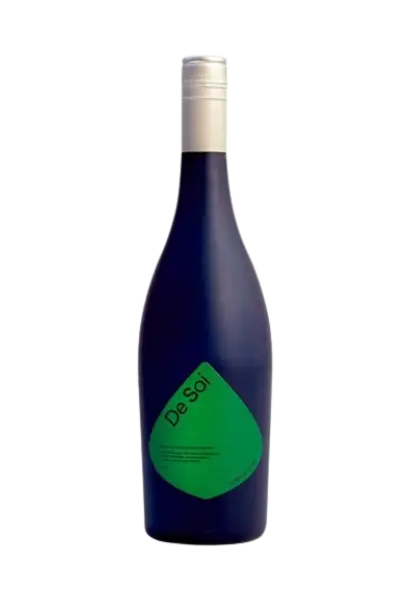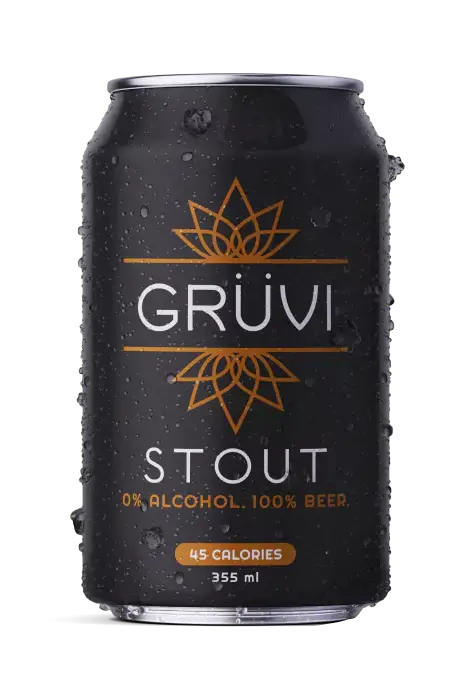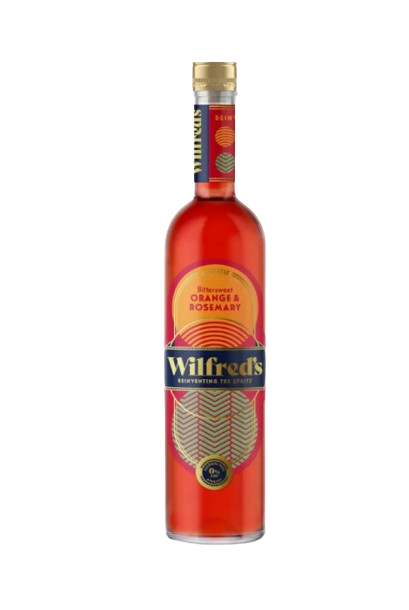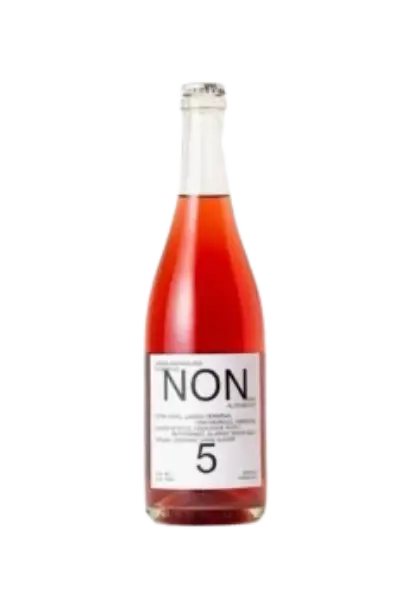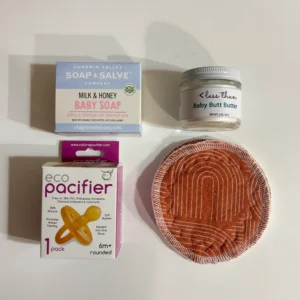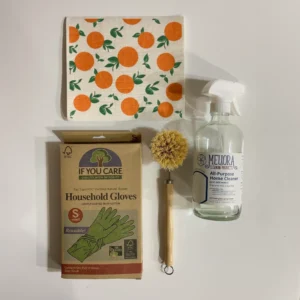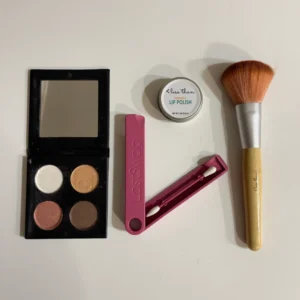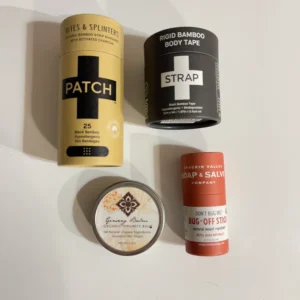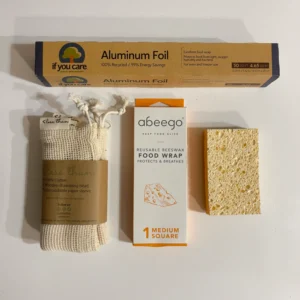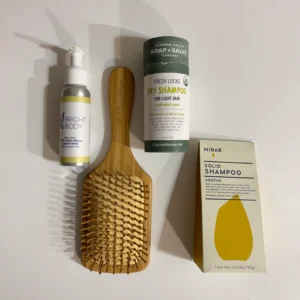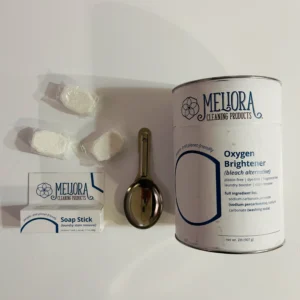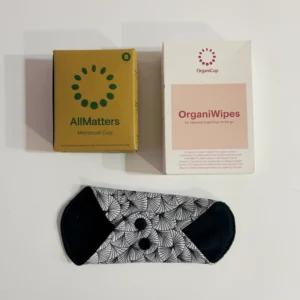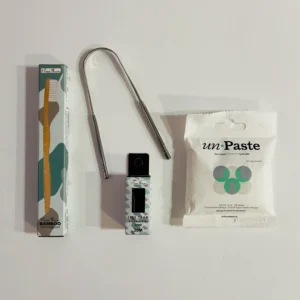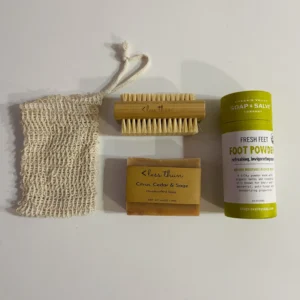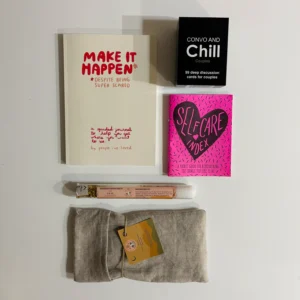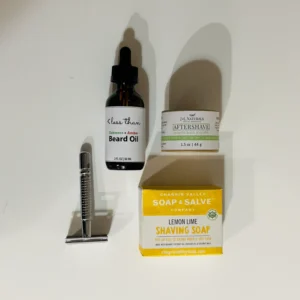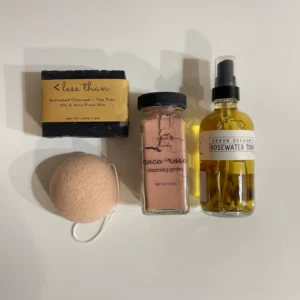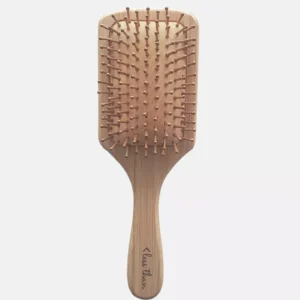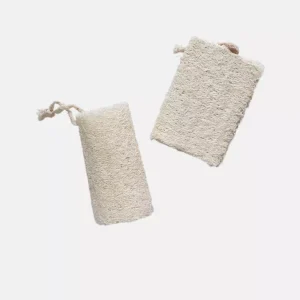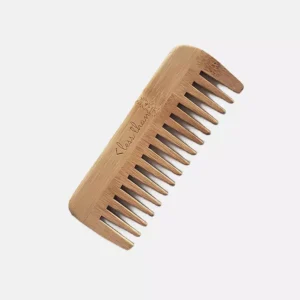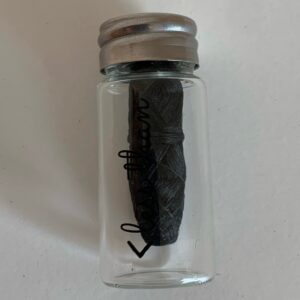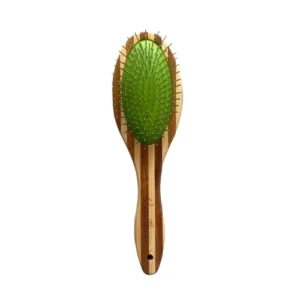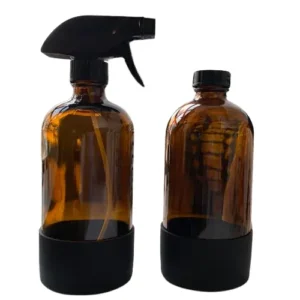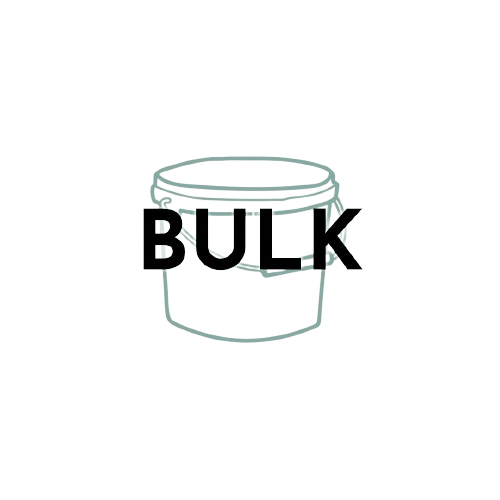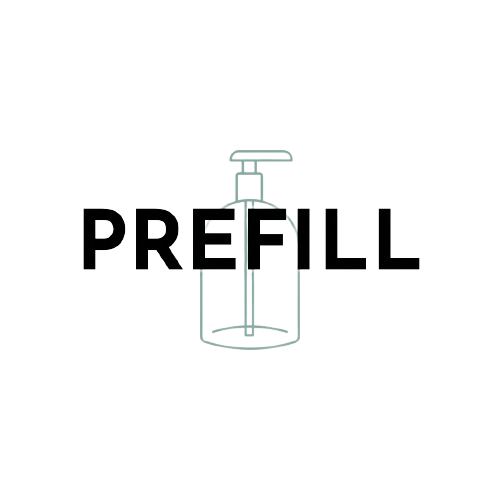Intentional
Living
goods
for
good
Shop by category
Why Less Than
Plastic-free shipping
All orders are delivered or shipped with a resused box, paper packaging, and water activated tape.
Sustainable packaging
The packaging at Less Than is recyclable, reusable, compostable, or biodegradable.
Clean ingredients
Less Than’s products are free from harsh chemicals, synthetic fragrances, unnecessary additives, and forever chemicals.
Environmentally safe practices
Less Than prioritizes reusing and reducing over recycling and utilizes closed-loop whenever possible.
Featured products
-
Bamboo Hair Brush
$20.00 -
Bath Loofah
$4.00 -
Bamboo Comb
$10.00 -
Less Than Pet Brush
$15.00
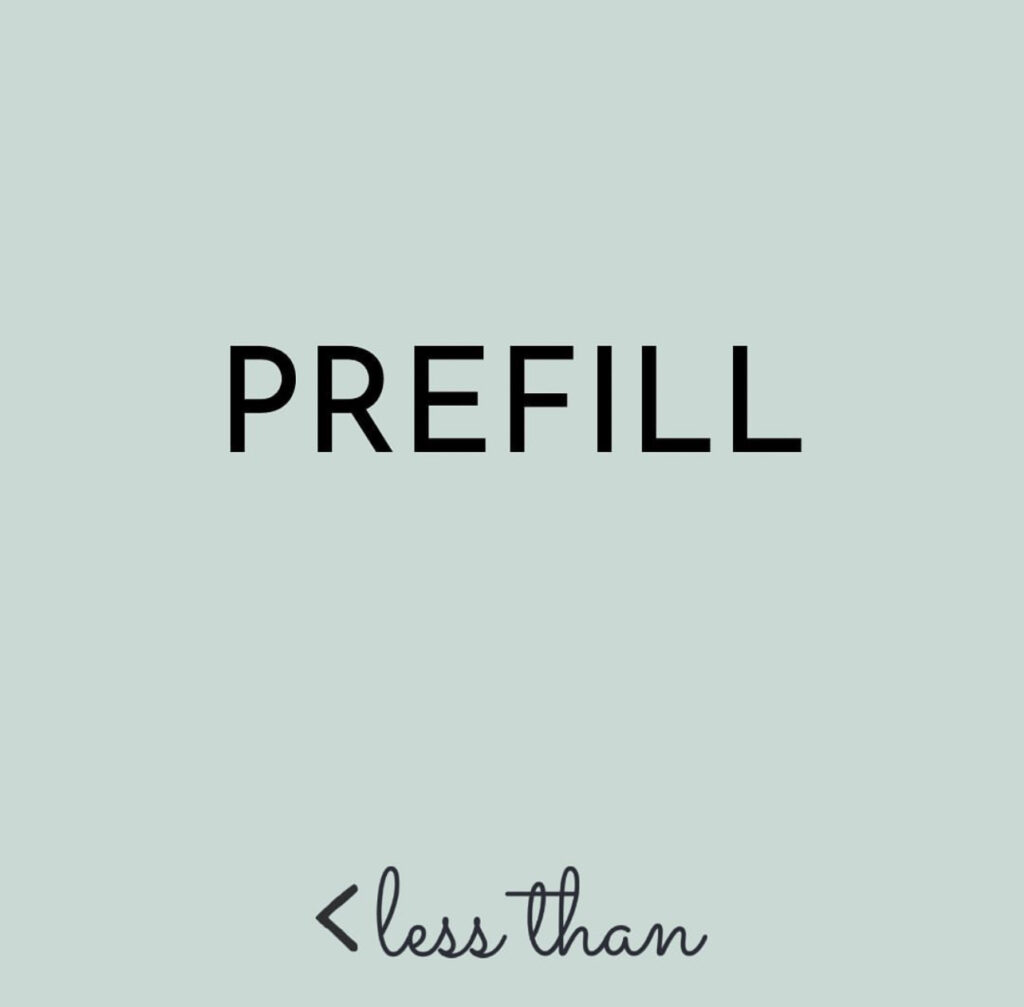
Prefill allows you to choose a product from our refill station and a container (including one from our free section) and pay for it online.
Prefill is only available locally. We’ll fill your order and you can pick it up or we can deliver anywhere between Virginia beach and Richmond.
Orders under $35 have a flat rate $5 delivery fee. Orders $35 and over are delivered free. This service and pickup is free of charge.
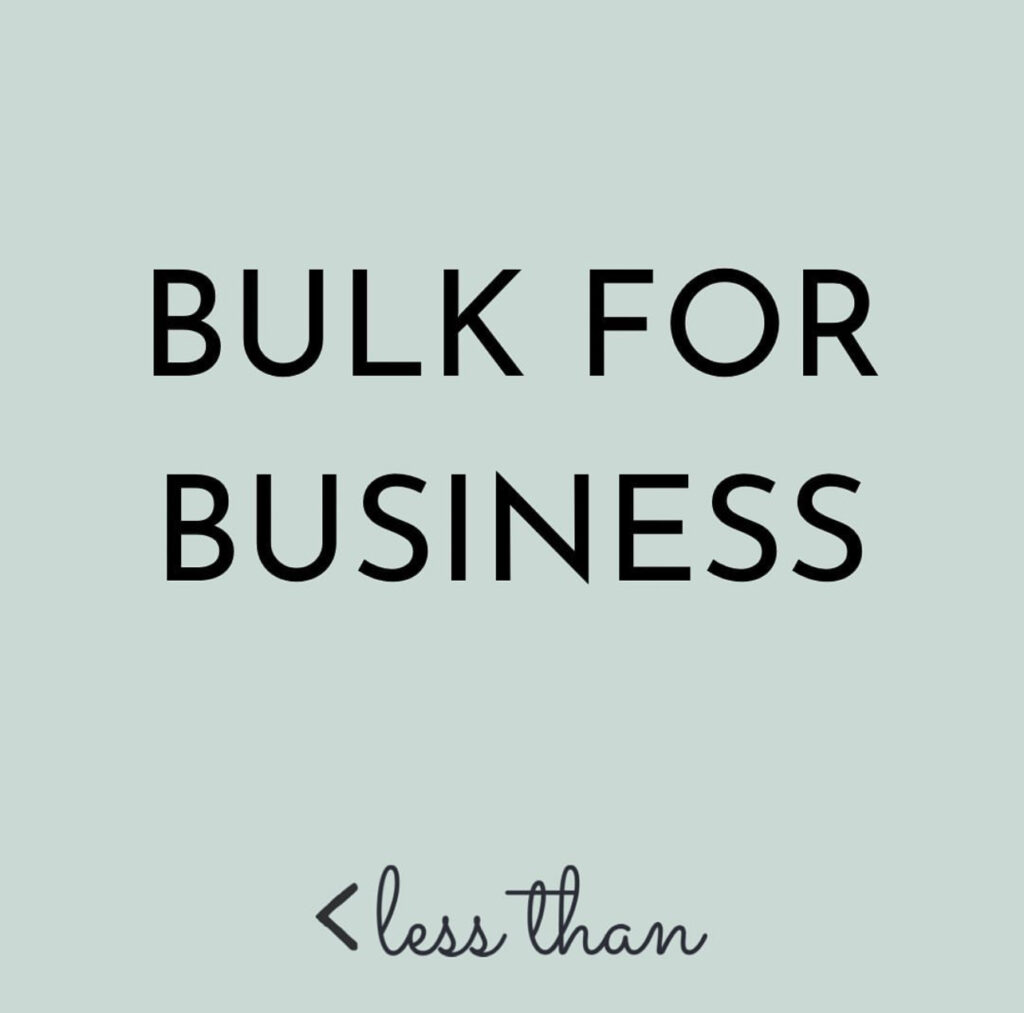
Bulk allows businesses, Airbnb’s, non-profits, and large families to order larger quantities of product. Bulk buyers can tailor a scent for their business, family, or brand.
Bulk purchases are made and packaged to order. Please allow up to a week for your bulk item to be made and a day or two for them to be delivered.
Bulk is only available for local delivery or in-store pickup. We provide delivery anywhere between Virginia Beach and Richmond.



